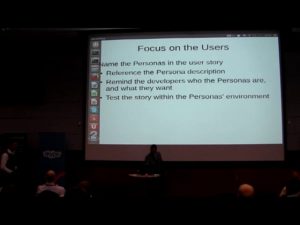Agile
Agile techniques for software requirements: user stories, product backlog, design thinking, MVP minimum viable product, etc.

Build the Perfect Product Your Users Want But Can’t Describe
Product design and development remains difficult, even when applying Lean or Agile principles. Why is developing a great product so hard? How come it takes so many iterations? Why don’t users know what they want? Why don’t I know what they want?
Read More
Mindmapping Agile Requirements
Creating requirements for your web or mobile application can be tedious and managing ideas even more. The larger the project, the more difficult it becomes. Add in the flexibility that Agile brings to projects, and things could quickly get out of hand.
Read More
Agile Requirements: a Self-Building Documentation
How do agile requirements work? Where does documentation fit in? For many of us, the transition from the security of upfront analysis and detailed specification documents to ‘doing Agile’ and embracing the process of discovery is a terrifying prospect. Agile theories don’t readily address the concern ‘how will we know where we’re going if we […]
Read More
Requirements Gathering in Agile
Cherifa Mansoura, Agile Solution Architect at IBM, discusses requirements gathering, change management, user stories, and more as it relates to Agile software development practices.
Read More
Do Agile Needs Business Analysts?
There is no business analyst role in the Scrum Agile project management framework. Based on this fact and some perceptions about Agile, Roland Hesz tries to answer the questions “Do we need a business analyst on an agile project? Are there Agile business analysts?”.
Read More